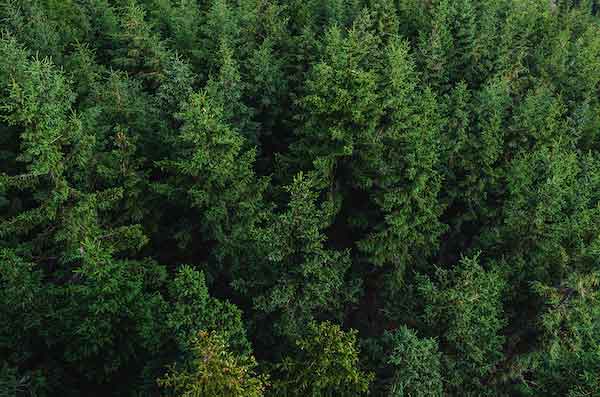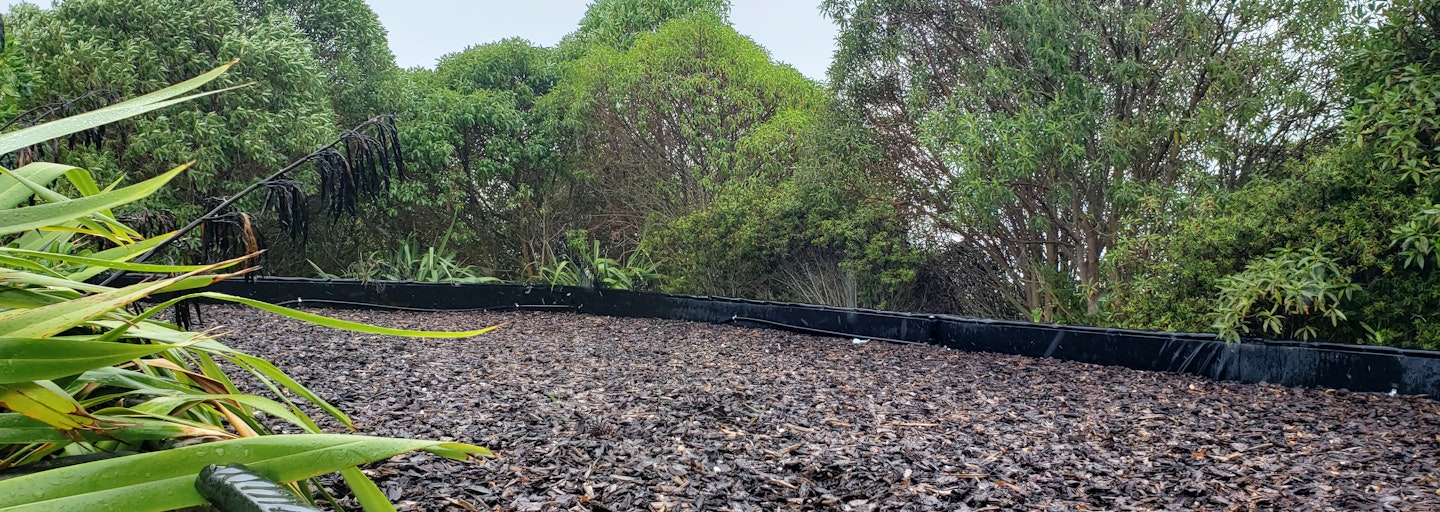Christchurch city council uses Biofiltration media for odour control
With several options available for wastewater odour control, Christchurch City Council found cost-effective and environmentally biofiltration media for odour control.
- Customer since2016
- Product usedBioFilm
Overview
Christchurch City Council takes care of the city’s wastewater and has biofiltration systems all across the city, some of which, have Azwoods biofiltration media for odour control.
6 months after the completion of a biofiltration project we went to visit the site to catch up on how the biofiltration media is controlling the odour so far.
Background
The Christchurch City Council has been using biofiltration media for odour control for more than 30 years. Depending on the location of the wastewater pump station, biofiltration systems can range from large (100m2) to small (10m2).
The purpose of a biofiltration system is to remove pollutants from the air that's taken off the wetwell and reticulation systems before releasing them back into the atmosphere. Without this essential process, odorous air would be released into the atmosphere and to put it bluntly, smell awful.
The process in which wastewater is conveyed includes the treatment of air and gases contaminated and produced by wastewater as it moves through the pump station. The air and contaminated gases are extracted through a ventilation system and then released through the biofiltration bark mix.
As it works its way through the natural bark mix, the bacteria eats away at the smells until it reaches the top and is released as clean neutralised air. You shouldn't be able to smell the odours above the biofiltration media. If you can't smell anything, it's doing its job.
There has been a lot of experimentation into odour control and Biofiltration does a good job at neutralising odours. Communication with Azwood was good and the location enabled our guys to come and pick up directly from your yard.
Michael Sheffield
Christchurch City Council
Challenges
Some of the considerations and challenges when creating a biofiltration system are to prevent:
Air pollution
Smell complaints in the area
Water logging
Hot spotting when the system gets clogged
Fines build-up or compaction
Assessment
There are multiple types of filtration systems out there to neutralise wastewater air including activated carbon filters and other chemical treatments. The main considerations when choosing which system is right for the project are location, cost and environmental impacts.
Where possible, project managers need to comply with the Council’s sustainability policy by choosing renewable products to reduce their carbon footprint while also keeping cost in mind.
Location can be the biggest factor when deciding which system is best suited. While Biofiltration media is the most cost-effective way of filtering odour from wastewater, due to the land area needed for the system, it may not be suited for some areas in the city centre.
Outcome
We have a range of biofiltration media for odour control depending on the project and the contaminants that are being treated. For this particular project, the two main elements were Natural bark and Ocean Shell.
Natural Bark
Bark from trees is a natural host for good bacteria and helps to neutralise smells. The bacteria eats away at the gas and smells as the air works its way up through the media.
Ocean Shell
Ocean shell has added trace elements to help control the pH and moisture levels in the media to aid in keeping the bacteria healthy and vibrant.
Why is it important to keep bark living?
Maintenance is also an important part of the process and can become an issue if not done. By tilling and refreshing the media, the life span of the biofiltration can be extended.
If it’s not maintained the gas doesn’t get sucked out from the pump station effectively and the smell worsens. This is when public complaints begin.
Thankfully, maintenance costs aren’t huge for biofiltration media. You would get a top-up of the media every year and a complete change out every 5-8 years
Technical media range
Related articles

Social media
More from Azwood
Follow us on social media to stay connected and be the first to hear our latest news.


